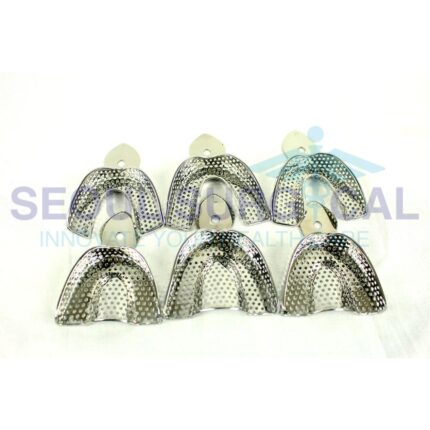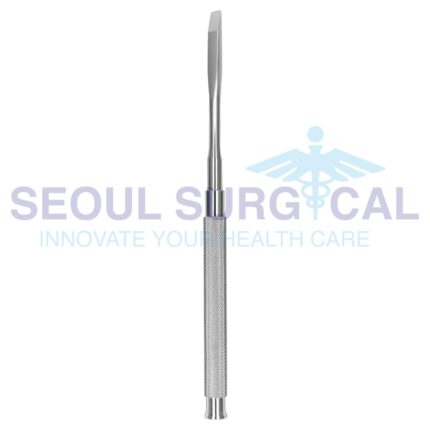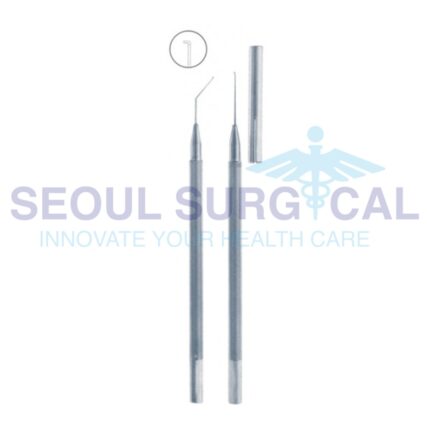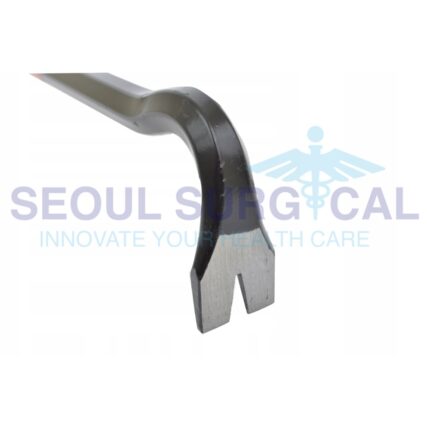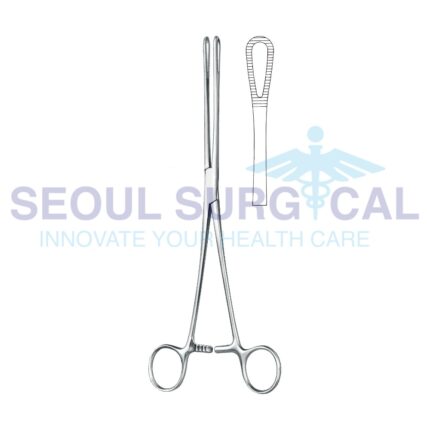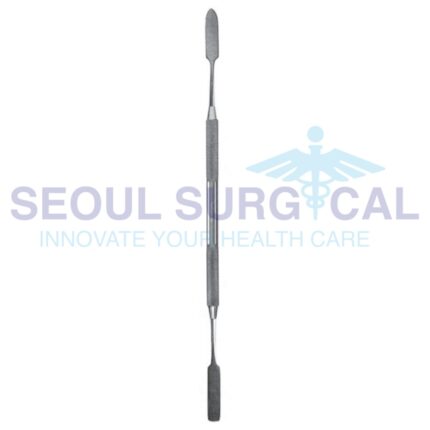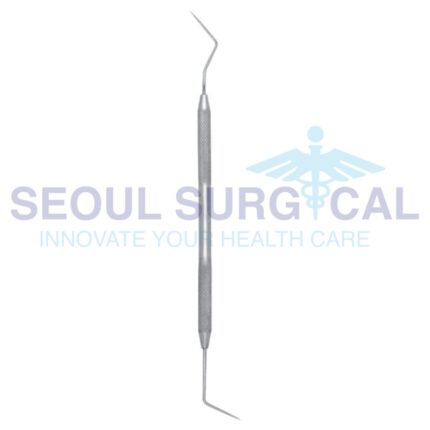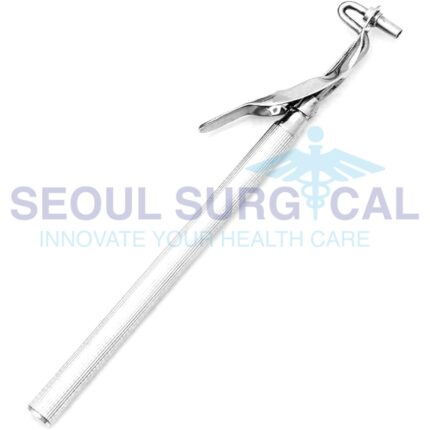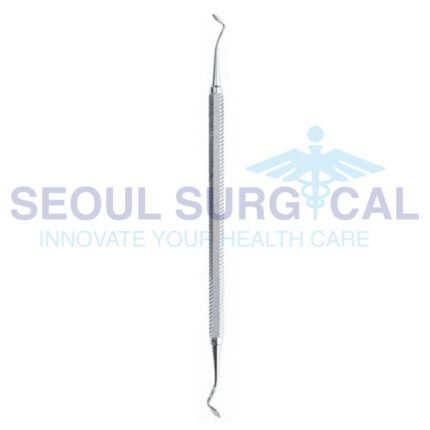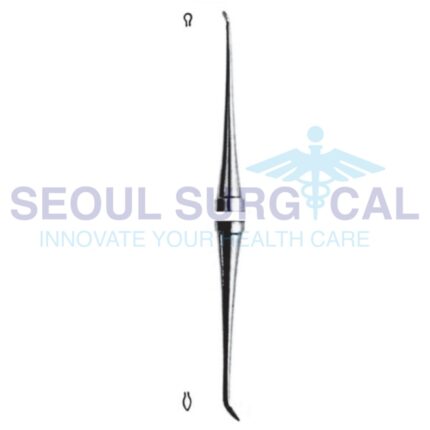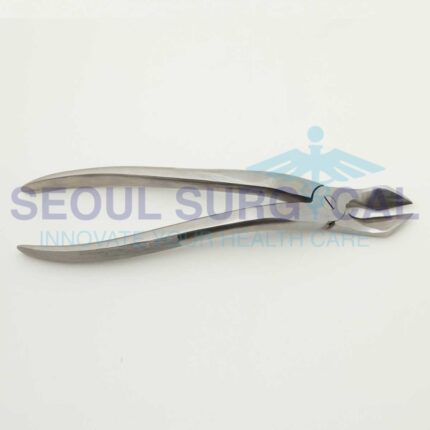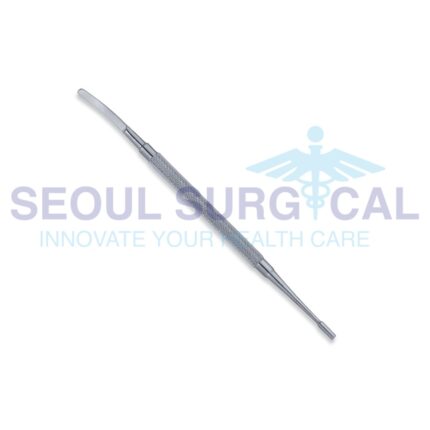Capturing Perfection: The Art of Dental Impressions with Precision Trays
Carving Excellence: A Guide to Chisels and Gouges in Artisanal Craftsmanship
It's important to note that dental chisels and gouges require skill and precision in their use. Proper technique, along with knowledge of dental anatomy and the specific requirements of each procedure, ensures successful outcomes and patient comfort. Dental professionals select these instruments based on the nature of the procedure and the specific characteristics of the tooth being treated.
Cavity Defense: The Art and Science of Modern Cavity Liners
The selection of a specific type of cavity liner depends on various factors, including the depth of the cavity, the materials used for the restoration, and the overall condition of the tooth. The choice is often influenced by the dentist's clinical judgment and the patient's individual needs. It's important to stay updated with advancements in dental materials and follow evidence-based practices when incorporating cavity liners into restorative treatments
Cheek Retraction Precision: Navigating Dental Procedures with Advanced Retractors
Clamping Precision: Navigating Surgical Hemostasis with Advanced Forceps
Cleoid Discoids Unleashed: Enhancing Detail in Restorative Dentistry
Dental professionals, such as dentists and dental hygienists, use cleoid discoids in combination with other dental instruments to achieve precise and aesthetically pleasing restorations. The selection of specific instruments often depends on the type of procedure, the tooth being treated, and the materials used in the restoration.
Comprehensive Care: Navigating Dental Procedures with Universal Curettes
Crafting Excellence: The Art and Science of Amalgam Instruments
While dental amalgam has been a long-standing restorative material in dentistry, it's important to note that there has been increasing interest in alternative materials, such as tooth-colored composites, due to concerns about the use of mercury in amalgam. Dental professionals may choose instruments based on the restorative material and technique they prefer or are most suitable for a specific clinical situation.
Crafting Smiles: Mastering Dental Contouring with Precision Carvers
Dental professionals use dental carvers as part of their armamentarium in restorative dentistry, and the selection of a specific carver depends on the nature of the restoration and the preferences of the dentist. Skilled use of dental carvers contributes to the success and longevity of dental restorations.
Craftsman’s Arsenal: Mastering Fine Woodworking with Chisels and Gouges
It's important to note that dental chisels and gouges require skill and precision in their use. Proper technique, along with knowledge of dental anatomy and the specific requirements of each procedure, ensures successful outcomes and patient comfort. Dental professionals select these instruments based on the nature of the procedure and the specific characteristics of the tooth being treated.
Cutting Through Complexity: The Art of Bone Reshaping with Rongeurs
It's important to note that bone rongeurs are just one category of instruments used in orthopedic and maxillofacial surgery. Surgeons may select specific types and sizes of rongeurs based on the nature of the procedure and the anatomical location. Additionally, advancements in surgical techniques and technology may lead to variations in instrument design over time.
Cutting through Precision: Exploring the World of Bone Instruments in Surgery
It's essential to note that the specific instruments used can vary depending on the type of surgery, the anatomical location, and the surgeon's preference. Surgeons and surgical teams carefully select and use these instruments to ensure precision, safety, and optimal outcomes in bone-related procedures.

